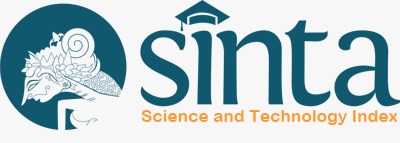THE DETERMINANTS OF MALUS ON REGIONAL DEVELOPMENT BANK IN INDONESIA
DOI:
https://doi.org/10.31937/akuntansi.v15i2.2921Abstract
Abstract” This study is based on the Indonesian Financial Service Authority since 2015 regulates that banks must have a policy to defer, or to clawback, or combination of both the variable compensation paid to bank's executive. Since the Indonesian Financial Authority allows banks to choose their compensation scheme, this study is to investigate the factors that influence the choice of the policy. Our study is among few studies that investigate this area because the regulation was enacted in 2017. Data are collected from Regional Development Bank in Indonesia that report their compensation policy since 2017 to 2019. We test financial and nonfinancial factors that may determine the choice of compensation policy. Banks with lower net interest margin tend not to choose malus. The similar conclusion is also given by the variable board of commissioner's tenure. However, commissioner's remuneration suggests a positive relationship with the propensity to choose malus other than other type of compensation policies. We find that net interest margin, board of commissioners tenure, and remuneration of executives are related to choice of clawback or malus. Future researchers may focus on the effect of corporate governance related to local governments-owned banks and remuneration provisions.
Keywords: Clawback; Compensation; Corporate Governance; Holdback; Malus
Downloads
Downloads
Published
How to Cite
Issue
Section
License
Authors retain copyright and grant the journal right of first publication with the work simultaneously licensed under a Creative Commons Attribution-ShareAlike International License (CC-BY-SA 4.0) that allows others to share the work with an acknowledgement of the work's authorship and initial publication in this journal.
Authors are able to enter into separate, additional contractual arrangements for the non-exclusive distribution of the journal's published version of the work (e.g., post it to an institutional repository or publish it in a book), with an acknowledgement of its initial publication in this journal.
















